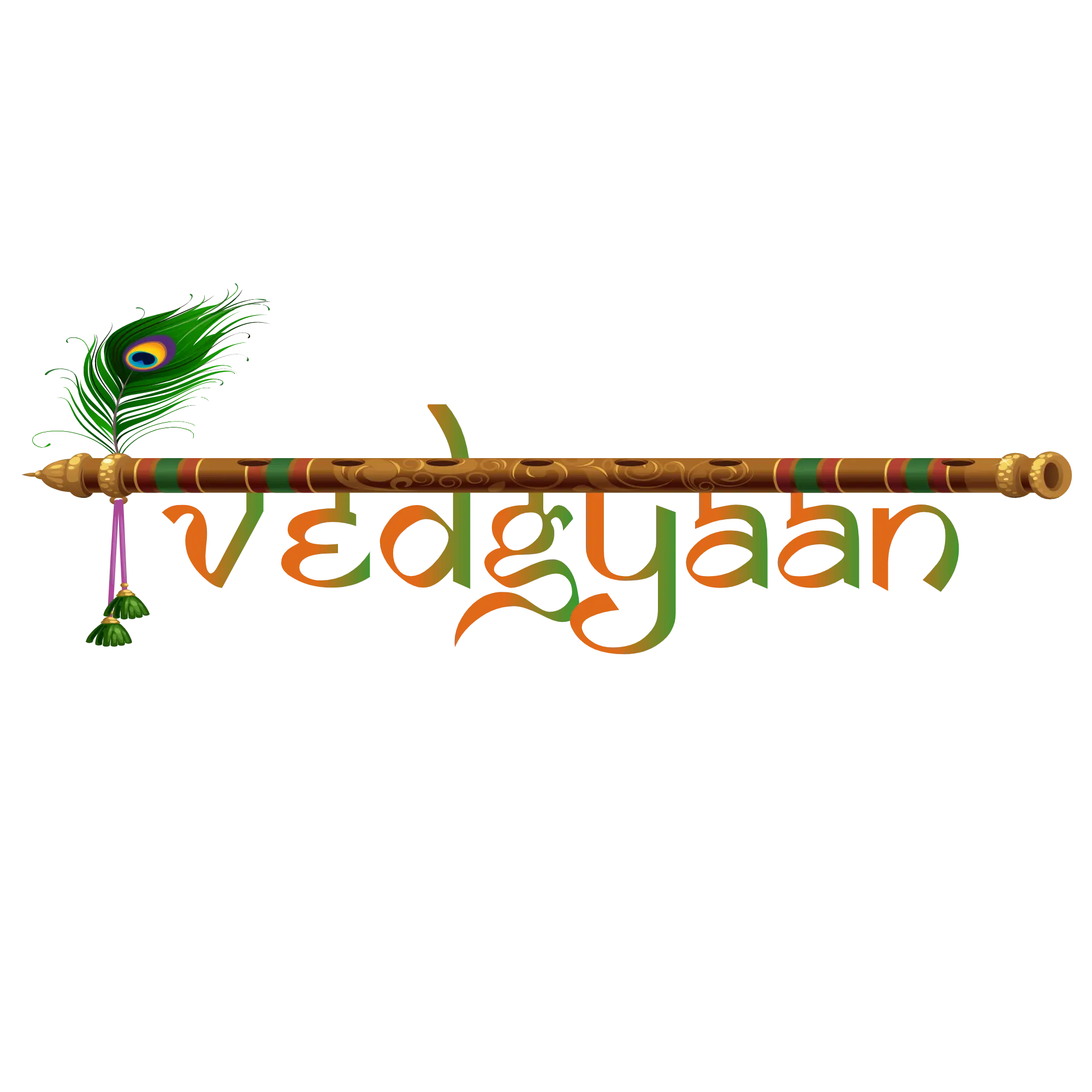Harbinger of Victory, Leader of armies, Commander of Demi-Gods, brimming with radiance and youthfulness, Dharma and enthusiasm, Skill and ability, Lord Murugan is the paradigm of society’s ideal of a true warrior. Fierce but merciful, Powerful but kind, Lord Murugan has firmly established his role as one of the most significant deities in the Hindu Pantheon, inspiring devotees to overcome the difficulties in their lives and strive for victory.

(Public Domain)
Who was Lord Murugan?
Lord Murugan (also known as Kartikeya) is the ancient Hindu God of War. Son of Lord Shiva and Goddess Parvati, Murugan was also Lord Ganesha’s brother and is especially significant in the Southern part of India.
One of the oldest Hindu deities, Lord Murugan was first mentioned in the Vedic ages, establishing his role as one of the most significant deities in early Hinduism. It is believed that Murugan was created to destroy evil in the form of formidable Asuras and to protect the devas and the universe.
The God of the Tamil language and Tamil literature, Murugan is the most significant God in the Indian state of Tamil Nadu and is widely revered as the harbinger of victory and success in wars fought on the battlefield and within one’s soul.
Lord Murugan is often worshipped as a child-like god and was considered to be the army general of the dem-gods, leading them into a victorious battle against the Asuras from the netherworld.
Folk Etymology: The different names of Lord Murugan
Lord Murugan is widely known by a plethora of names, the most popular of which are Kartikeya, Skanda, Swaminatha, and Kumara. The name Murugan has roots in Tamil and signifies “beauty”.
Kartikeya
Lord Murugan earned the name Kartikeya during his birth. Karthikeya means the “of the Krittikas” or the “brightest cluster of stars in the sky”. It is believed that Murugan was born on the banks of the river Ganges under the Krittikas. Seeing the lone baby, The Krittikas begin to argue with each other as they all felt the urge to nurse him.
Observing the events that were unfolding in front of him, Murugan grew five heads so that each Krittika would be able to nurse him – hence earning him the name “Kartikeya”.
Skanda
The name Skanda is derived from the Sanskrit word “Skandar” which directly translates to “The Attacker”. It was believed that the Devas were in need of a savior or warrior to protect them from the Asuras. As a result, Skanda was created, hence the name.
Swaminatha
The name Swaminatha was derived from the Sanskrit words “Swami” and “Natha” which together translate to “Leader of the Gods”. It is believed that Murugan led an army of demi-gods into battle against the Asuras, earning him his name.
What does Lord Murugan look like?
A fierce warrior, strong hunter, and adventurous soul, Lord Murugan is commonly depicted as a strong man brimming with youthfulness, adorned with powerful weapons and riding a peacock- his divine vehicle.
Most depictions of Lord Murugan often portray him with a warrior-like aura and with six heads, a testament to the six “Krittikas”. He is wrapped in a simple Doti (cloth), adorned with impressive armor, and holding a Vel (A celestial spear) in one hand and a rooster in his other hand.

(Public Domain)
Depictions of Lord Murugan are brimming with symbolism – a testament to his role as a warrior, harbinger of victory, and a man of immense strength. It is believed that the rooster that Murugan holds in his hand is a symbol of his maneuverability and agility and that his overall aura signifies his steady role as a warrior, philosopher, and seasoned hunter.
Murugan: Birth and early life
Years ago, The Asuras had gained the upper hand in the great enmity between them and the Devas, leaving the Devas in a state of oppression and anguish. The Asuras were led by the formidable Tarakasura – the embodiment of cruelty and oppression itself.
Taraka possessed a boon from Lord Brahma that made him invincible. No one could kill him, not even Lord Brahma himself. Legend has it, eons ago, Taraka spent thousands of years in penance, in the hopes of achieving Lord Brahma’s favor. Impressed by his devotion, Brahma granted him a boon- one that Taraka used cunningly to wish for immortality.
Lord Brahma could not bestow immortality upon anyone and hence, asked him to wish for something else. With a wit as sharp as his tongue, Taraka exclaimed, “I wish to be unkillable by anyone, except for Lord Shiva’s Son”.
However, Taraka possessed the knowledge that Lord Shiva had refused to get married after the death of his wife Sati and hence, did not have a son. Relishing in his newly attained immortality, Taraka began to reign terror across the world.
Desperate for a reprieve, The devas approached Lord Brahma and sought his help. After deep contemplation, Lord Brahma declared, “Shiva and Parvati will bear a son, who will be the downfall of Taraka.
Parvati was deeply in love with Lord Shiva, but he unwaveringly remained in deep meditation. In a bid to encourage him to accept Parvati, Brahma sent Kamadeva, the God of Love to strike Shiva with his arrow. Soon after, Shiva and Parvati were married and were swept away into a passionate relationship.
In order to ensure that Murugan would be born strong enough to defeat the evil Taraka, the Gods sent Agni Deva to gather Shiva’s seed and drop it into the River Ganges. Hence, Lord Murugan emerged from the Ganges, brimming with power and intelligence.
The battle against the Asuras
When Lord Murugan emerged from the Ganges, Goddess Parvati handed him a Vel and exclaimed, “Oh my mighty son, this Vel shall be your divine weapon and will ensure your victory against the Asuras”. This was considered to be a monumental moment, as it marked the beginning of the great battle against the Asuras.
Lord Murugan soon formed a large army consisting of powerful demigods. He led this army into battle against Taraka and the army of Asuras. As the battle commenced, Veerabahu (Murugan first-hand man) and Taraka fought tirelessly against one another, with Veerabahu gaining over Taraka.
However, with his extraordinary wit, Taraka trapped Veerabahu in the Krauncha Mountains, gaining a massive advantage in the battle. Noticing the absence of his commander, Murugan began to seek out Veerabahu. When he realized that Veerabahu was trapped in the Krauncha Mountains, Murugan was filled with a raging fire and hurled his Vel towards the mountain.
Striking the mountains with heavenly force, Murugan’s Vel sliced the mountains in half and made its way toward Taraka. Unable to outrun the divine weapon, Taraka was struck in his chest, immediately dying.
Learning of Taraka’s death, Simhamukha, his brother, made his way onto the battlefield. In a bid to avenge his brother, Simhamukha obliterated the army of Devas and made his way toward Veerabahu. Fuelled by grief and rage, Simhamukha outpowered Veerabahu and captured him, allowing him to kill more soldiers of the army of Devas.
Murugan once again hearing of the capture of Veerabahu appeared on the battlefield and challenged Simhamukha to a one-on-one duel. However, fearing Murugan’s divine strength, Simhamukha immediately fell prostrate underneath him and begged for his forgiveness.
Impressed by his humility and bravery, Murugan exclaimed, “ Rise, Simhamukha, the brave one among your people. Your devotion in the face of death is of the highest praise. May you serve the Goddess as her vehicle – the Lion of Durga”. Soon, Simhamukha died and was reincarnated as Goddess Durga’s Lion.
However, the Asura King Surapadma refused to accept defeat. He exclaimed that he would never accept defeat in the face of his enemies and marched into battle ferociously. A great battle ensued between the Devas and the Asuras, with a devastating number of casualties on both sides.
On the sixth day, as Murugan grew closer and closer, Surapadma, in an act of cowardice, transformed himself into a large mango tree in the middle of the battlefield. Seeing this, Murugan hurled his Vel at the tree, splitting it in half.
One half of the tree transformed into a glorious peacock while the other half transformed into a rooster. In a display of mercy, Lord Murugan adopted the peacock as his divine vehicle and the rooster as his flag.
Hence, with the defeat of the most formidable Asura forces, Lord Murugan emerged victorious, saving the Devas and restoring balance in the world.
Lord Murugan: Significance in Hinduism
The God of War, bestower of victory, and ruler of the demi-gods, Lord Murugan has firmly established his role as one of the most significant deities in the Hindu Pantheon. Son of Lord Shiva and Goddess Parvati themselves, Lord Murugan was first mentioned in the ancient Vedic scripts – a testament to his importance in early Hinduism.
Widely revered as the God of the Tamil language, Lord Murugan is especially significant and widely revered in the southern states of India, namely Tamil Nadu. Over the centuries, Lord Murugan soon became a predominant “Tamil God” as his largest number of devotees belong to Tamil Nadu.
In addition to Tamil Nadu, Lord Murugan is widely revered in Sri Lanka by the Sinhalas – the Tamil-speaking population of the country. Considered to be the God of the Universe in these regions, Lord Murugan has several temples dedicated to him, most of them located in Tamil Nadu and Sri Lanka.
The main six temples of Lord Murugan are located in southern Tamil Nadu and consist of six houses – Thiruchendur, Swamimalai Pazhamudircholai, Thirupparamkunram, Palani (Pazhani), Thiruthani—and other important shrines like Mayilam, Sikkal, Marudamalai, Kundrathur, Vadapalani, Kandakottam, Vallakottai, Vayalur, Thirumalai Kovil, and Kukke Subramanya. These temples are considered to be the holy abodes of Lord Murugan.
Lord Murugan is especially beloved by his devotees as he is believed to be an extremely fair and just God- extending his blessings and love to all his devotees, no matter who they are or where they come from. Legend has it that no matter who or no matter when Lord Murugan is invoked, he appears to bless his devotees with their hearts’ desires.
Thaipusam is a six-day-long festival that takes place in Tamil Nadu to commemorate Lord Murugan and his legacy. During this festival, devotees seek blessings and pay penance to Murugan, carry “Kavadis” and march in a procession around the city carrying idols. It occurs during the month of February and sees thousands of devoted followers expressing their love and devotion to Lord Murugan.

(Public Domain)
The touchstone of skill on the battlefield, Lord Murugan stays true to his title of “God of War”. With many a laurel to his name, Lord Murugan continues to be invoked by his beloved devotees in times of need, praised for his fairness and his overflowing generosity.
Conclusion:
Lord Murugan, the Hindu god of war and victory, is often depicted as a shining beacon in the midst of darkness, guiding his followers to enlightenment. He is a symbol of courage, strength, and perseverance, a fierce warrior who stands as a bulwark against ignorance and evil.
Like a diamond, Lord Murugan’s brilliance and clarity cut through the shadows of confusion and doubt, illuminating the path to truth and righteousness. He is the sun that rises in the sky, dispelling the darkness and chasing away the fears of the night.
With a bow in hand and a determination in his heart, Lord Murugan leads his devotees forward, always ready to battle against the forces of ignorance and evil. He is a gentle shepherd, guiding his flock to safety and prosperity, but he is also a fierce lion, defending his tribe against all who would harm them.
In short, Lord Murugan is a beacon of hope and a symbol of resilience, inspiring his followers to face life’s challenges with courage, strength, and grace.


